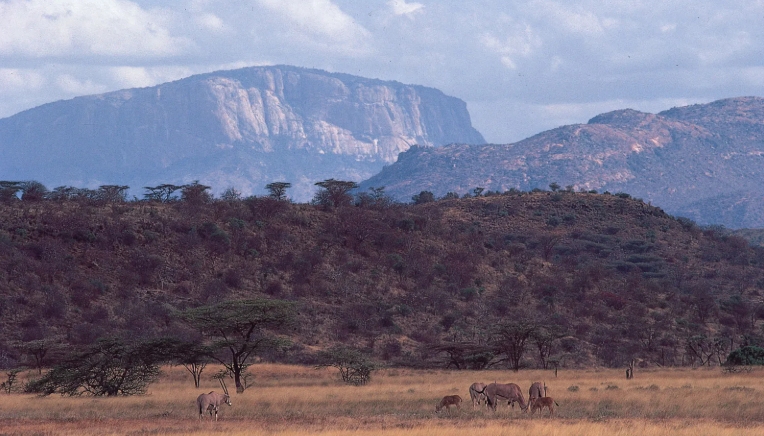# Understanding Tectonism and Diastrophism: Key Concepts in Earth Science
## Introduction to Tectonism
Tectonism refers to the movements of the Earth’s crust. These movements shape our planet’s landscape. They occur due to forces such as plate tectonics.
## What is Diastrophism?
Diastrophism is a subset of tectonism. It deals with the deformation of the Earth’s crust. This process can create mountains, valleys, and other geological features.
## The Process of Plate Tectonics
Plate tectonics involves the movement of large plates on Earth’s surface. These plates can collide, pull apart, or slide against each other. Each interaction leads to different geological events.
## Types of Tectonic Movements
1. **Convergent Boundaries**: Plates push against each other. They can form mountains or trigger earthquakes.
2. **Divergent Boundaries**: Plates pull apart from each other, creating rifts or ocean basins.
3. **Transform Boundaries**: Plates slide past one another, causing friction that can result in earthquakes.
## Effects of Diastrophism
Diastrophism can lead to significant changes in the landscape. It results in:
– **Folding**: Layers of rock bend due to pressure.
– **Faulting**: Rocks break and shift along a fault line.
– **Uplift**: Certain areas rise, forming mountains.
## Importance for Geology
Understanding tectonism and diastrophism is crucial for geologists. It helps them predict earthquakes and volcanic activity. This knowledge can also guide construction practices in earthquake-prone areas.
## Conclusion
Tectonism and diastrophism are integral to Earth’s geological processes. They shape our landscapes and influence natural disasters. Awareness of these concepts helps us prepare for the effects of living on a dynamic planet.
—
By breaking down these complex topics, we make Earth science accessible. Understanding our planet’s movements allows us to appreciate its ever-changing nature.

